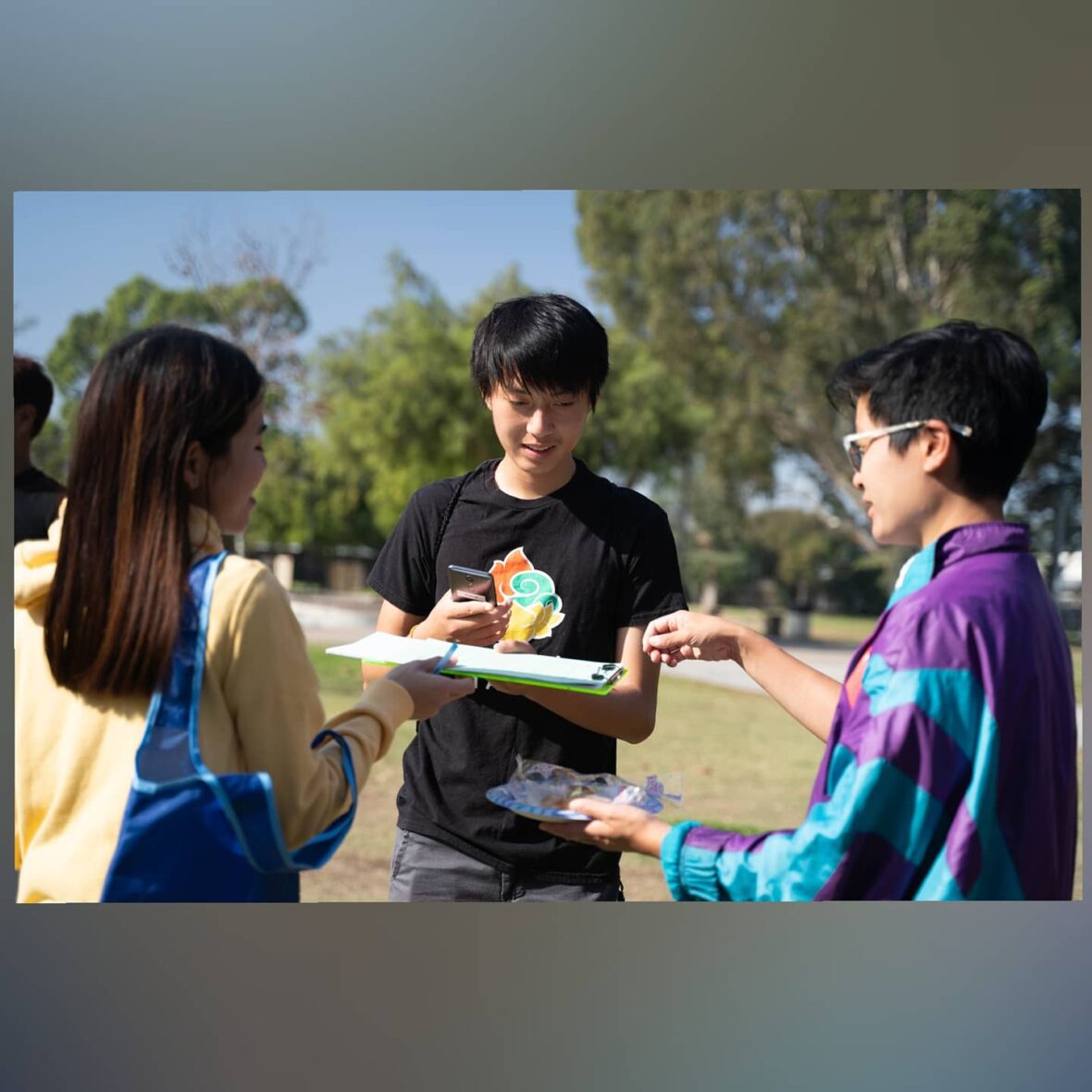Khmer Girls in Action and Healing Justice: Expanding Understandings of Anti-Asian Racism and Public Health Solutions

Lin, May. 2022. “Khmer Girls in Action and Healing Justice: Expanding Understandings of Anti-Asian Racism and Public Health Solutions.” Frontiers in Public Health 10(Anti-Asian Racism and Public Health). doi: 10.3389/fpubh.2022.956308.
This community case study highlights how Khmer Girls in Action (KGA), a Southeast Asian young women-led organizing group in Long Beach, California, enacts healing justice. Healing justice is a framework for both transforming structures at the crux of health inequities and healing emotional, spiritual, and psychological wounds inflicted by structural violence. KGA also anchors the cross-racial and intersectional Invest in Youth (IIY-LB) coalition. IIY-LB youth leaders have successfully fought to increase the city’s investments in the social determinants of health, especially young people’s well-being. Meanwhile, the coalition has critiqued over-investments in criminalization and policing as devastating Black, Brown, queer, low-income, immigrant, and refugee youth and communities. This case study highlights how KGA’s work expands understandings of both anti-Asian racism and public health solutions in the following ways: First, KGA cultivates youth leaders’ critical analyses to define root causes of health inequities impacting Southeast Asian refugees as rooted in imperialism, disinvestment, and increased criminalization. Furthermore, youth leaders come to understand how their communities’ struggles and liberation necessitate intersectional and cross-racial coalitions. Second, youth leaders forge public health solutions that involve divesting from criminalization and institutionalizing an Office of Youth Development, as co-created with young people. Third, KGA and other IIY-LB organizations cultivate youth’s leadership skills and community’s political power to move hearts and minds of decision-makers and community members. For example, youth leaders have passed a ballot measure funding youth, climate, and health programs in addition to the city-based Office of Youth Development. Fourth, KGA engages in a wide range of “inward” healing practices to salve wounds caused by intergenerational trauma. This case study contributes to Asian American health equity by highlighting the specific importance of organizing, while illuminating abolitionist perspectives on public health solutions- both of which are under-discussed in discourse about anti-Asian racism. KGA’s work thus illustrates the importance of centering critical analyses and leadership of communities most impacted by structural violence in forging transformative public health solutions to anti-Asian racism.